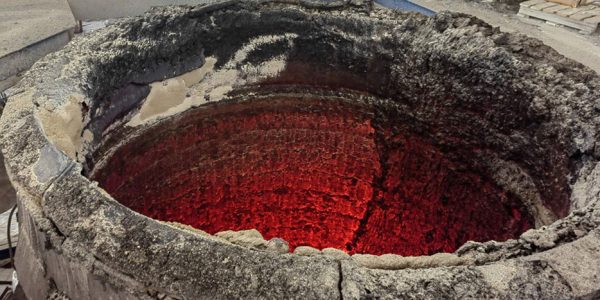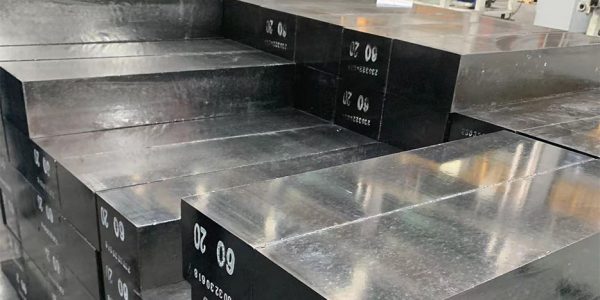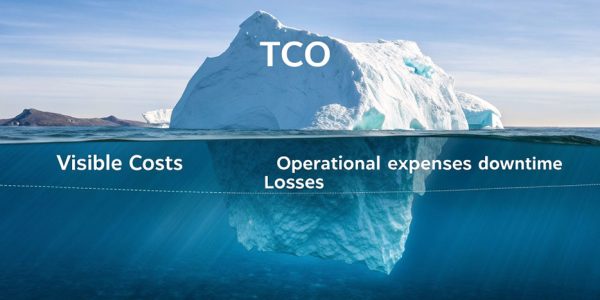Magnesia Carbon Brick Performance: 10 Essentials for Engineers
As an engineer in the steelmaking or related high-temperature industries, you understand the importance of magnesia carbon bricks for production stability and cost-effectiveness. This article aims to go beyond the basics, delving deeply into the core performance mechanisms of magnesia carbon bricks, material selection strategies in application, common problem diagnosis, and life optimization methods. Each key section includes takeaways to help you quickly grasp the main points. For readers seeking foundational knowledge on magnesia carbon bricks, we recommend reading first: [Link to: Basic Guide – An Introduction to Magnesia Carbon Bricks] Interested in procurement and supplier evaluation? Please refer to: [Link to: Procurement Guide – Beyond Price: TCO Analysis and Supplier Value Assessment for Magnesia Carbon Brick Procurement] How to Deeply Understand the Core Performance Indicators of Magnesia Carbon Bricks and Their Mechanisms? Understanding core performance requires going beyond datasheet values and focusing on the underlying mechanisms. Key indicators include slag resistance, thermal shock resistance, oxidation resistance, high-temperature strength, and creep resistance. These properties are interrelated and determined by the material’s microstructure, phase composition, and the characteristics of its components. Simply looking at physical and chemical specifications (like MgO/C content, density, apparent porosity) is insufficient. Engineers need to understand how these specifications translate into actual performance in use. For example, high density doesn’t always equate to good thermal shock resistance. Understanding the performance mechanisms helps us make more precise material selection decisions and diagnose problems accurately. We will now analyze the key performance aspects one by one. Custom Solution Consultation How Do Magnesia Carbon Bricks Resist Slag Corrosion? What are the Key Factors? Slag resistance stems from MgO’s chemical inertness to basic slags and graphite’s low wettability (which prevents infiltration). Key factors include: the purity, crystal size, and density of the MgO raw material; the purity, flake size, and distribution of graphite; the brick’s apparent porosity and pore size distribution; and the formation of a dense protective layer by antioxidants at the interface. Slag corrosion is a combined process of chemical dissolution and physical penetration/erosion. High-quality MgO better resists chemical dissolution. Large-flake, high-purity graphite is not easily wetted by slag, effectively preventing slag penetration. A dense brick structure (low porosity, small pore size) also slows down infiltration. Certain antioxidants (like Al, Si) react at high temperatures to form oxides (e.g., Al2O3, SiO2) that can create a dense layer at the brick-slag interface, further hindering corrosion. Custom Solution Consultation How to Evaluate and Enhance the Thermal Shock Stability of Magnesia Carbon Bricks? Thermal shock resistance refers to the material’s ability to withstand rapid temperature changes without cracking or spalling. It primarily benefits from graphite’s low coefficient of thermal expansion and high thermal conductivity. Enhancement methods include: optimizing graphite content and flake size; controlling the brick’s apparent porosity and elastic modulus; and implementing proper installation and heat-up procedures. Thermal shock induces stress within the brick. The presence of graphite effectively alleviates this stress. However, excessive graphite content can reduce strength and oxidation resistance, requiring a balance. The uniformity of the brick’s structure, the presence of microcracks, and the magnitude of the elastic modulus all influence thermal shock resistance. In practice, improper heat-up schedules are a common cause of thermal shock damage. How is the Oxidation Problem in Magnesia Carbon Bricks Addressed? How Do Antioxidants Work? Oxidation is a primary wear mechanism for magnesia carbon bricks, occurring when graphite reacts with O2, CO2, H2O, etc., at high temperatures. The solution involves adding antioxidants (metals like Al, Si, Mg; non-metals like SiC, B4C). They protect graphite through mechanisms such as preferential oxidation, formation of dense protective layers, or altering the partial pressure of CO. The selection and combination of antioxidants are key aspects of magnesia carbon brick technology. For example, metallic Al starts working at lower temperatures, forming Al2O3; Si is effective in the mid-temperature range, forming SiO2; while SiC and B4C function at higher temperatures. The dense oxide layers they form can physically block the oxidizing atmosphere. Understanding the operating temperature ranges and mechanisms of different antioxidants is crucial for selecting bricks suitable for specific conditions (like temperature, atmosphere). What is the Impact of High-Temperature Strength and Creep on Magnesia Carbon Brick Usage? How Can They Be Optimized? High-temperature strength determines the brick’s ability to resist failure under high-temperature load, while low creep resistance ensures its long-term dimensional stability. These properties mainly depend on the quality of the MgO aggregate and the strength of the bonding phase (carbon bond). Optimization pathways include: using high-quality MgO raw materials; optimizing particle size distribution for a dense structure; and improving binders and heat treatment processes. In load-bearing areas (like furnace bottoms, ladle bottoms), high-temperature strength and creep resistance are particularly important. Insufficient strength or excessive creep can lead to structural deformation or even collapse. Fused magnesia generally offers better high-temperature performance than sintered magnesia. Precisely controlled manufacturing processes, ensuring tight bonding between particles and a uniform carbon network, are key to achieving excellent high-temperature mechanical properties. Custom Solution Consultation Mgo-c Brick Grades How to Implement Zoned Lining Concepts for Magnesia Carbon Bricks Based on Different Operating Conditions? Zoning is a strategy of selecting different types of magnesia carbon bricks with specific performance emphasis (e.g., high slag resistance, high thermal shock resistance, high strength) and cost, based on the varying actual operating conditions (temperature, corrosion, erosion, atmosphere) in different parts of the furnace lining. The goal is to maximize overall lining life and achieve optimal cost-effectiveness. For example, in the slag line area of a steel ladle, where slag corrosion is the dominant wear mechanism, high slag-resistant magnesia carbon bricks (typically containing high-quality MgO and optimized antioxidants) should be selected. In areas with severe temperature fluctuations (like the converter mouth), grades with good thermal shock resistance should be prioritized. The hot spots in an EAF require a combination of high slag resistance and high strength. Understanding the primary wear mechanisms in each zone is a prerequisite for successful zoning implementation. How to Diagnose Common Problems Encountered During Magnesia Carbon Brick Usage and Develop Strategies…



